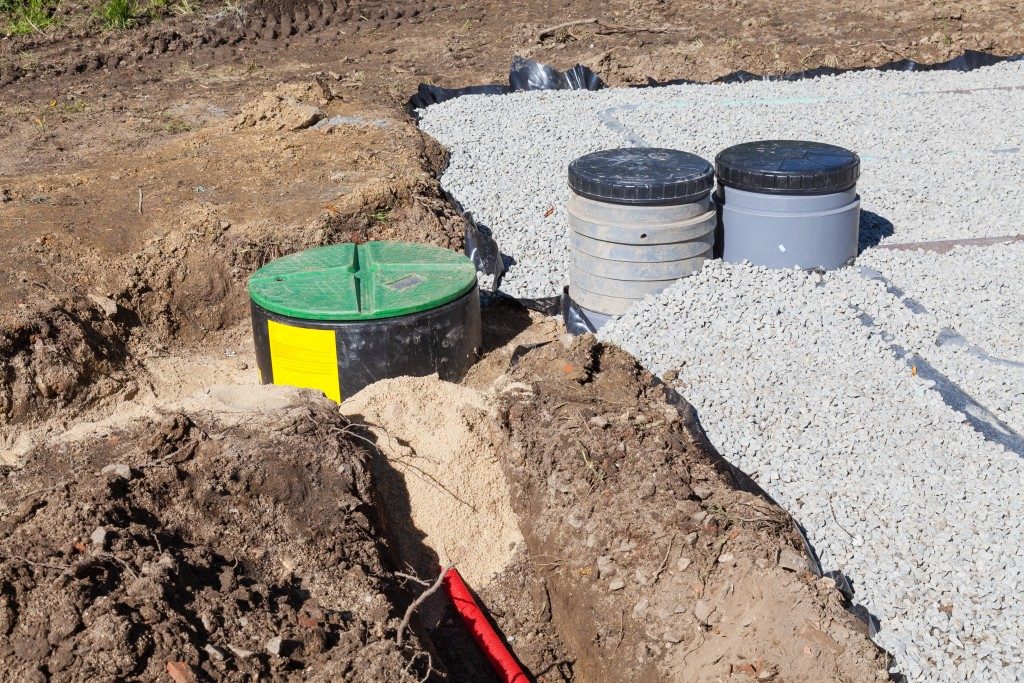Industrial facilities have several ways to meet their water conservation and compliance needs. One of them is industrial water purification. An industrial water treatment system has a variety of applications. This technology is complex, so it would be beneficial for your business if you better understand it.
What is Industrial Wastewater Treatment?
The industrial wastewater treatment is the quickest way to purify water coming from businesses. The wastewater treatment process involves three stages, such as the following:
- Primary wastewater treatment: During this stage, the wastewater remains in a settling tank to allow the heavy particles to sink to the bottom, and light solids float to water level. Once settled, the contaminants are collected by mechanical scrapers for disposal. The liquid is then transported to another tank to undergo secondary treatment.
- Secondary wastewater treatment: The function of this stage is to degrade the organic component of the waste through the aerobic biological process. It can be done by biofiltration, aeration, or oxidation ponds.
- Tertiary wastewater treatment: This treatment raises the quality of the liquid to meet both domestic and industrial standards. Pathogens are being removed during this stage. In other words, the water is safe to drink after this stage.
Some facilities combine multiple stages into a single operation.
Sticking with Status Quo
Some manufacturers see that meeting discharge limits, replacing inefficient units, and upgrading equipment would cost too much and hurt their budget. They prefer to leave things as they are. But what they haven’t realized is that consulting an expert to analyze their facility for improvement will boost productivity and profits.
If your equipment is no longer functioning well like it used to be or it’s inefficient anymore due to an issue, you are wasting energy, time, assets, and the opportunity to earn more. When you have identified ways to improve your facility, the money that you can save can be spent on other things that would matter.
Now, here are the top two motivations for you to upgrade your wastewater system:
Reduction of Chemical Expenses

To have a license to operate a facility that utilizes a wastewater system, you need to follow the regulations required by the Council. In order to make the water safe to drink, applying chemical is necessary to remove pathogens. But some companies tend to put more than the usual amount of chemicals to the water to eradicate pathogens because they want to dodge fines and penalties, but this means they are spending more on chemical bills.
Here’s a tip for you to reduce treatment costs. Currently, innovations such as automation and IoT (Internet of Things) devices are readily available for you to utilize, and they can help lower your expenditures by 40 percent.
Preventing Human Errors
Thankfully, advances in technology help facilities avoid human errors by utilizing sensors. Monitoring systems of today accurately check the following:
- Pressure
- Water condition
- Corrosion rate
- pH level
A working system helps avoid delays and facility downtime. Other benefits include:
- Early detection of the issue
- Timely repair
Using the circular economy concept (water treatment and reusing) guarantees significant savings out of your wastewater. If you have the best equipment, you can avoid prolonged tasks and potential problems in the future.





